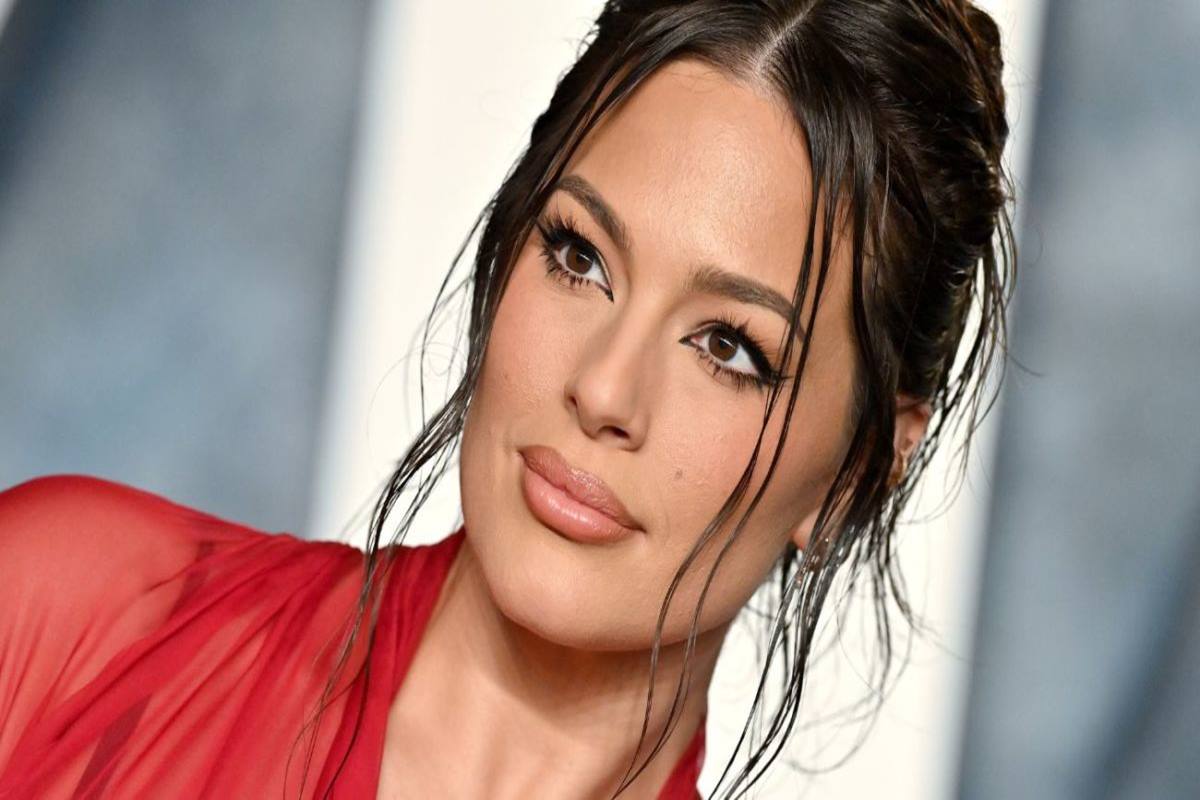In the ever-evolving world of fashion, Ashley Graham, the trailblazing model and advocate for body positivity, sheds light on the persistent challenges faced by individuals with larger bodies. Despite the strides made in the industry, Graham reveals that certain designers are still reluctant to embrace inclusivity.
During an appearance at Good American’s open casting call event in Los Angeles, Graham disclosed, “There’s still some designers that have said, ‘Sorry, we can’t, we’re just not going to design something for a bigger body.'” While acknowledging the substantial changes in some aspects of the industry, Graham emphasizes the barriers that persist, prompting her to continue advocating for inclusivity.
In her candid discussion with PEOPLE, the 36-year-old model elucidates that, in many cases, designers are willing to create clothing for her—especially if they represent newer brands. However, the current structure of the industry presents challenges, as crafting garments that both fit and flatter larger bodies incurs additional costs. Graham often shoulders these expenses herself, ensuring that designers with genuine enthusiasm but limited resources can still create outfits for her.
Graham attributes the obstacles faced by plus-size individuals in the fashion world to the grading system, a determining factor in fabric costs. The existing infrastructure, she points out, is not adequately equipped to cater to the needs of plus-size women. While acknowledging the industry’s gradual transformation, Graham stresses that more progress is essential.
Examining the runways and designer landscape, Ashley Graham notes that the representation of diverse body types remains far from the norm. Despite sporadic features of larger bodies in magazines and media, she describes the progress as a “tiny crawl.” The mother of three asserts that designers, by refusing to dress women size 12 and above, are missing out on significant financial opportunities.
In contemplating the reasons behind this resistance, Graham questions whether it stems from fatphobia, fear of commercialism, or a lack of understanding regarding grading for different body types. As the fashion industry grapples with these challenges, Graham’s unwavering commitment to fostering change and advocating for inclusivity serves as a poignant reminder that there is still a room for improvement.












